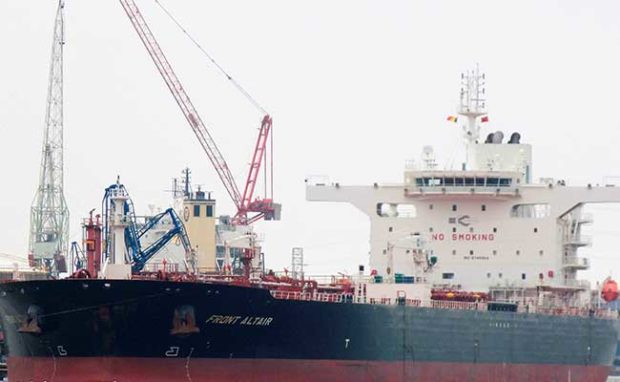Oil Tankers Attacked: Has a Key Global Oil Route Been Compromised?
What Happened?
Two oil tankers near the Strait of Hormuz suffered suspected attacks on Thursday. In all, 44 sailors were evacuated from the vessels and the U.S. Navy has assisted amid heightened tensions between the United States and Iran.
The incident comes after the U.S. alleged that Iran used mines to attack four oil tankers off the nearby Emirati port of Fujairah last month. Iran has denied being involved. Meanwhile, Iranian-allied rebels in Yemen have increased their missile and drone attacks on Saudi Arabia, which has been at war in Yemen against the rebels since 2015.
Where is the Strait of Hormuz
It is the narrow mouth of the Persian Gulf. It is in the territorial waters of Iran and Oman, which at its narrowest point is just 33 kilometers (21 miles) wide. The width of the shipping lane in either direction is only 3 kilometers (2 miles). It flows into the Gulf of Oman, where ships can then travel to the rest of the world.
Why is All of this Important?
About 20% of all oil traded worldwide passes through the strait. Some 18.5 million barrels of oil are transported through it every day from major OPEC energy producers Saudi Arabia, the United Arab Emirates and Kuwait.
About 80% of that goes to fast-growing, energy-hungry countries in Asia, including China, Japan, India and South Korea. The Japanese government said the tankers’ cargo was related to Japan — and the attacks occurred just as Japanese Prime Minister Shinzo Abe was visiting Iran to ease Iran-U.S. tensions.

Photo: AP
The strait is also used to export about a third of the world’s liquefied natural gas, from Qatar, the world’s biggest LNG producer.
Anything affecting the narrow passage ripples through global energy markets, raising the price of crude oil. That then trickles down to consumers through what they pay for gasoline and other oil products.
How Much Has the Price of Oil Risen?
The U.S. and international benchmarks for crude oil were up about 3% on Thursday. That’s a relatively big daily increase but it also comes after a sustained drop in oil prices.
The international benchmark, Brent, is at $61.75 a barrel. That’s up 3% on the day — but down from over $74 in late April. Prices have been declining on expectations that the global economy will slow, using less energy, as well as strong supplies. Analysts say that tensions in the Gulf region could push prices up again in the longer term, if they are protracted and there is a real threat to the flow of supplies.
What Happens Now?
How the U.S. and Iranian governments react to the event will be key. The United States has recently moved more military forces into the region, which already hosts the U.S. Navy 5th Fleet in Bahrain and the forward headquarters of the U.S. military’s Central Command at the vast Al-Udeid Air Base in Qatar.
Related Articles
Scientists Back Temporary Global Ban on Gene-Edited Babies
US Moves to Cut off Venezuela Oil, Cuba Trade
Iran has set a July 7 deadline for Europe to find new terms for Tehran’s nuclear deal with world powers. That accord began to unravel after the Trump administration unilaterally withdrew from the Obama-era deal and re-imposed U.S. sanctions aimed at crippling the Iranian economy and pressuring a change in its regional policies. Iran has threatened it could resume higher levels of enrichment.

